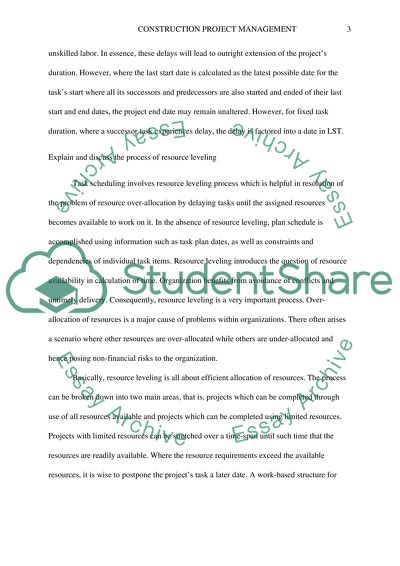Cite this document
(“Planning and visualization (civil engineering ) Assignment”, n.d.)
Planning and visualization (civil engineering ) Assignment. Retrieved from https://studentshare.org/engineering-and-construction/1630661-planning-and-visualization-civil-engineering
Planning and visualization (civil engineering ) Assignment. Retrieved from https://studentshare.org/engineering-and-construction/1630661-planning-and-visualization-civil-engineering
(Planning and Visualization (civil Engineering ) Assignment)
Planning and Visualization (civil Engineering ) Assignment. https://studentshare.org/engineering-and-construction/1630661-planning-and-visualization-civil-engineering.
Planning and Visualization (civil Engineering ) Assignment. https://studentshare.org/engineering-and-construction/1630661-planning-and-visualization-civil-engineering.
“Planning and Visualization (civil Engineering ) Assignment”, n.d. https://studentshare.org/engineering-and-construction/1630661-planning-and-visualization-civil-engineering.


